How to choose window shutters – our guide to picking the best option
Need expert advice on choosing the right window shutters? Check out our guide to you everything you need to know
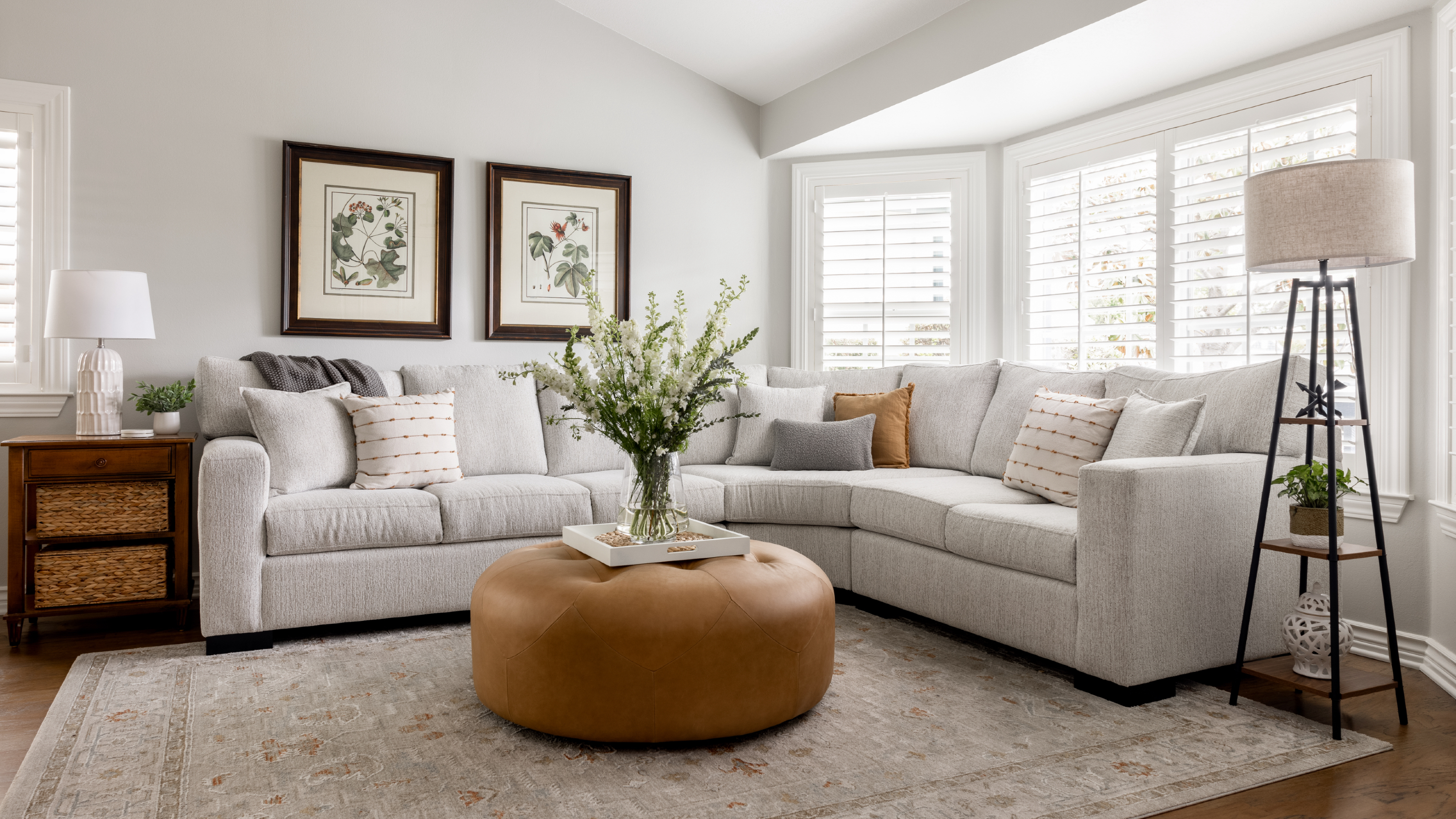
If you're looking to revamp a room, why not start with window shutters? They are a fantastically versatile choice and can work well in a bedroom, living room or even a kitchen. They can be DIY-measured and fitted for a budget option; they come in any color you can dream up; they keep the cold out in winter; allow you to control light levels in a room; and provide flexible privacy versus views outside. What's not to like? Here's how to shop smart for your window shutters.
Find more lovely and practical window treatments on our hub page.
Where to fit plantation shutters?

They can of course go in any room, but if you're on a tight budget, put them at the front of your home, as they create kerb appeal, and will give potential buyers a great first impression if you choose to sell your home.
A home office is the ideal place to use window shutters. Not only will they keep your work area at a comfortable temperature throughout the year, they can filter daylight to minimise glare from computer screens during the day. Choose accessible matching tilt rods so you can adjust them without fuss.
Plantation shutters are the perfect treatment for a bathroom, too, providing privacy while still letting in light. Unlike fabric window treatments, they can also be cleaned regularly in situ. Make sure the shutters you choose are moisture resistant and that they’ve been finished in a paint or lacquer for a damp environment – this will prevent the finish from wearing away over time.
And if you're fitting shutters, don't think you can't have curtains, too. Café-style shutters in particular look wonderful matched with curtains.
How to save on the cost of shutters
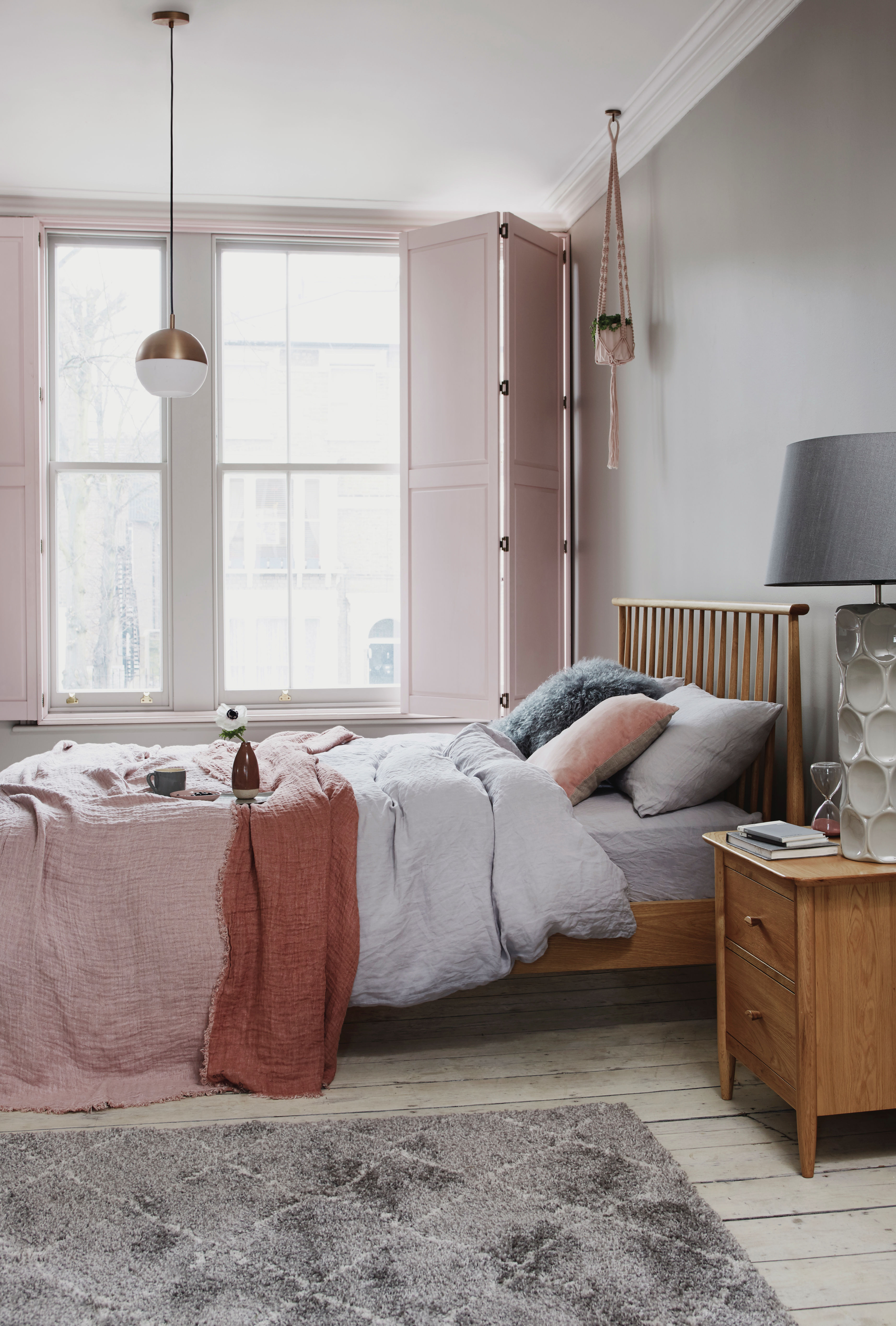
Faux wood shutters by Luxaflex
DIY-measure and fit shutters are widely available and offer huge savings on the cost of having shutters measured and fitted by a professional. Can you put up a shelf? Then you should be able to fit shutters. Try the Shutter Company and Southern Shutter Co for affordable, but just as stylish, designs.
Fitting shutters
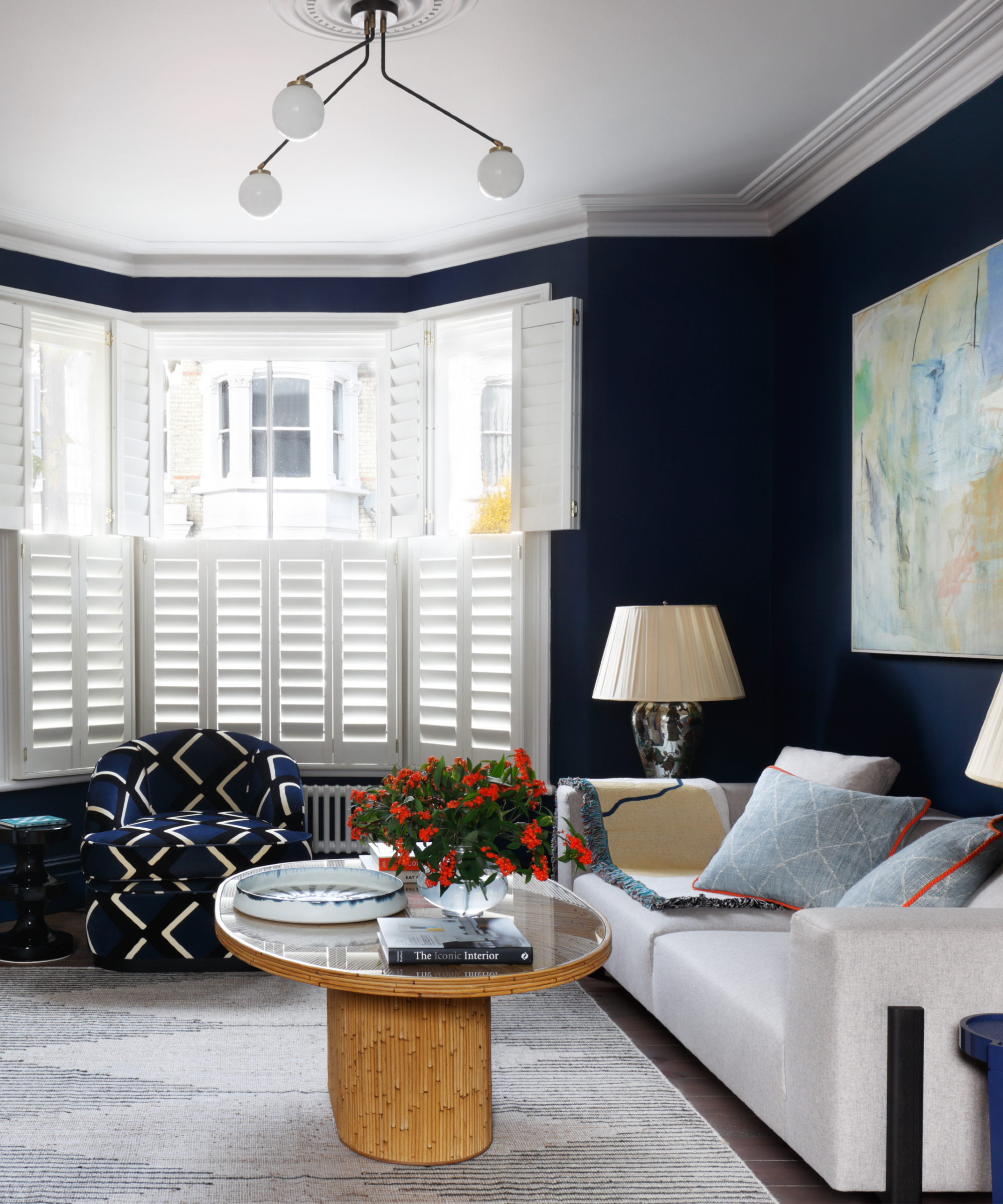
If you're DIY-fitting your shutters, only buy from a company that provides an online shutter measuring guide, online fitting guides and good customer service support should you run into difficulties.
Many companies that sell DIY-fit shutters are also able to provide you with a list of local fitters.
Shutter materials
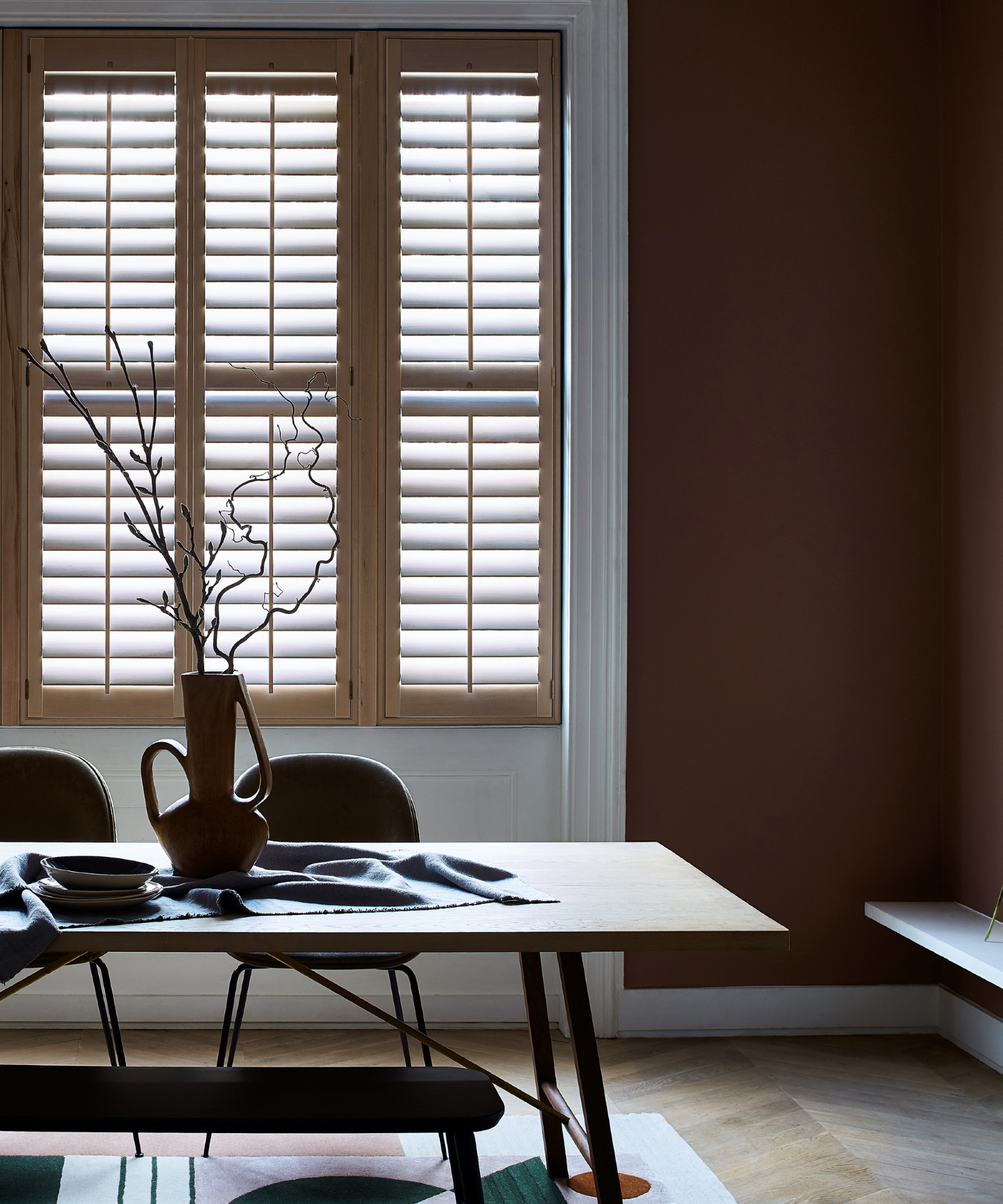
Shutters are generally available in solid timber; fast grown woods, such as basswood; wood composites, such as MDF; and plastics, such as polyvinyl.
Which shutter material you choose will depend on: the look you're going for; your budget (solid wood are at the top end of the price scale, composites towards the bottom); and the room you're furnishing. Some materials are better for certain rooms than others: polyvinyl, for example, is moisture- and warp-resistant, so suits bathrooms.
Choose shutters to flatter your window's shape

First, look at the style and layout of your windows, as plantation shutter panels should always complement the windows' shapes. Shutters are more flexible than other window coverings and can be fitted to any shaped window, even circular or triangular spaces. They can be folded back to reveal the window frame, while blinds and curtains will generally hide part of the window. All of this means that feature windows can be shown off to effect, and awkward windows become a focal point not a nuisance to dress.
Which shutter style?
MORE FROM PERIOD LIVING
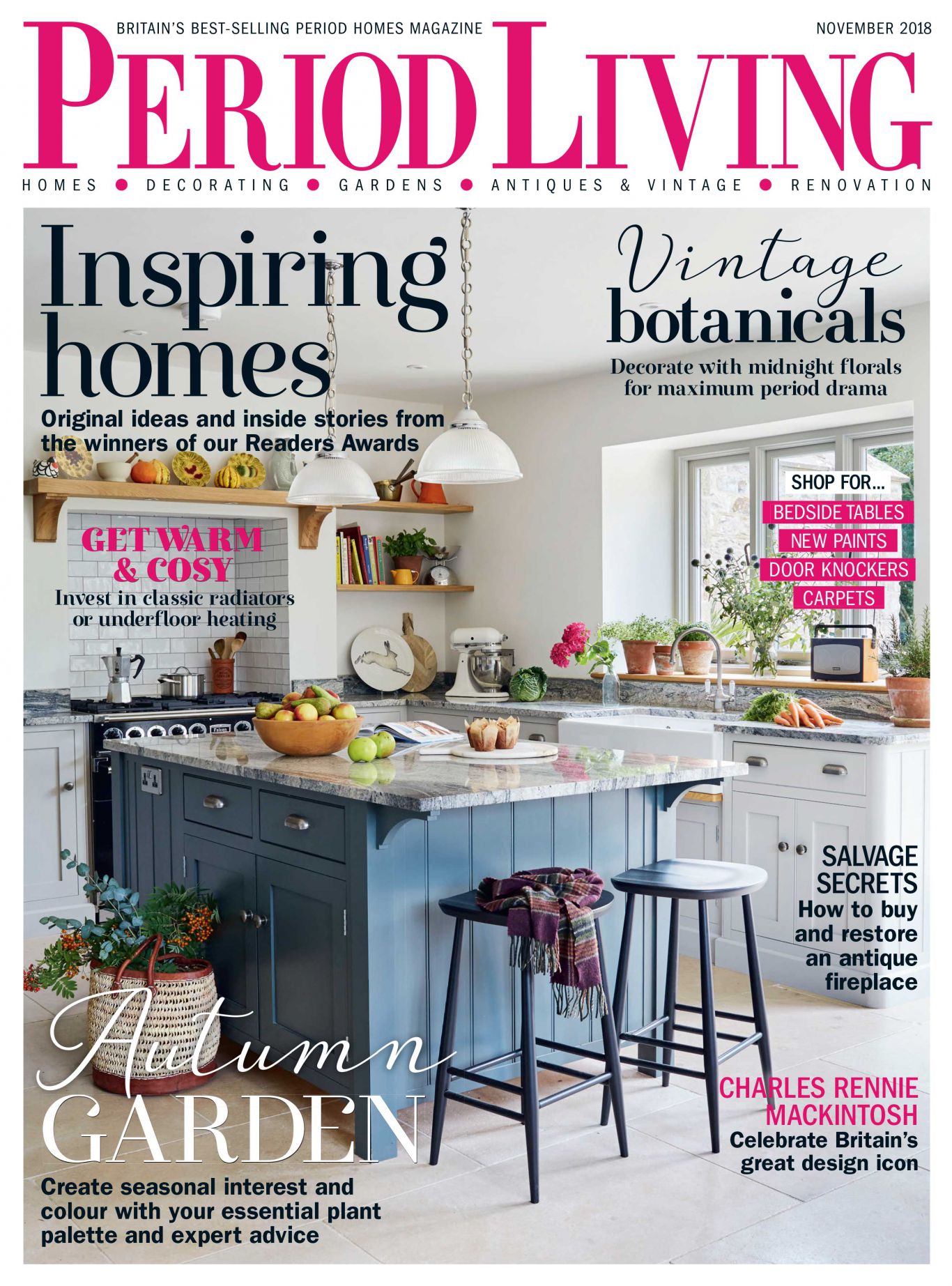
Period Living is the UK's best-selling period homes magazine. Get inspiration, ideas and advice straight to your door every month with a subscription.
Full-height window shutters cover the entire window and open as one unit. They will often have a divider rail (also known as a midrail) so you can operate the slats above and below independently.
Café-style plantation shutters cover the lower portion of your windows, maximising daylight entering the room while still giving some privacy. Looking to save money? You're covering less window with these shutters, so the costs will be lower overall. Best for spaces that aren’t overlooked, such as dining or living rooms, they can also be fitted to bay windows in a series of co-ordinating panels for a lighter look than curtains.
Tier-on-tier shutters cover the whole window, but the top and bottom can open independently of one another.
Solid shutters usually stretch from top to bottom as one unit. They’re great for period homes as they help to keep out draughts, but also suit children's bedrooms as they're more effective than black-out blinds.
Tracked shutters slide open on a track and are ideal for patio doors, as they concertina back when not required. Not suitable for windows with a sill.
Choosing colorful shutters
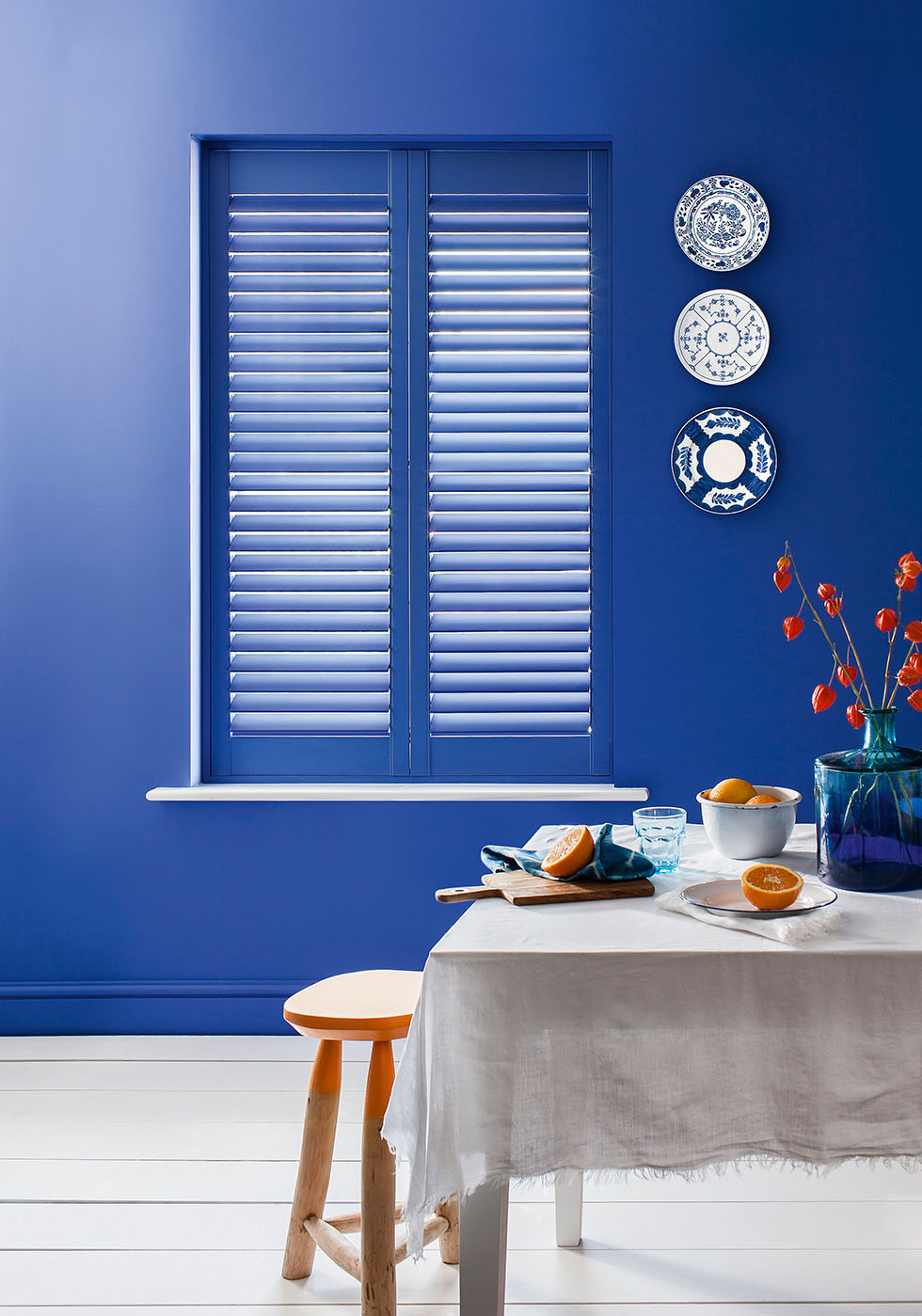
Full-height shutters with 63mm slats, made from Paulownia hardwood with a Gesso coating in Lindos Blue, featuring Clear View hidden tilt rods, from the Westcliff collection at Clement Browne
Shutters needn't be white: you can have your shutters color-matched to the exact paint shade you're after. However, before you take this bold step, be sure you're happy to be committed to your color choice for the long-term.
Colorful plantation shutters make a great alternative to a feature wall in a small room and are ideal for creating a focal point. Try using a matching paint color on the surrounding walls or continue a motif to add extra interest to children’s bedrooms. As well as helping to keep rooms cozy in winter and cool in summer, solid shutters like these will block out noise to ensure a good night’s sleep.
You can make a compact space feel larger by co-ordinating your window shutters with the walls and woodwork. Painting them (or having them factory-painted at point of order) in the same shade will give a seamless feel, especially when the louvres are closed. Look for hidden tilt rods and concealed hinges for minimal visual disruption. This will enable you to move one of the louvres with a finger and the rest will follow.
Shutters for French windows and doors

French windows are the natural choice for extensions and open-plan kitchens, but present a problem at night when they turn into a large expanse of black. Add interest with tracked plantation shutters – they can be pulled right back to make the most of a view or give access outside, and will also provide as much or as little ventilation as you like on warm days without letting in pests.
More great ideas for windows:
Get small space home decor ideas, celeb inspiration, DIY tips and more, straight to your inbox!